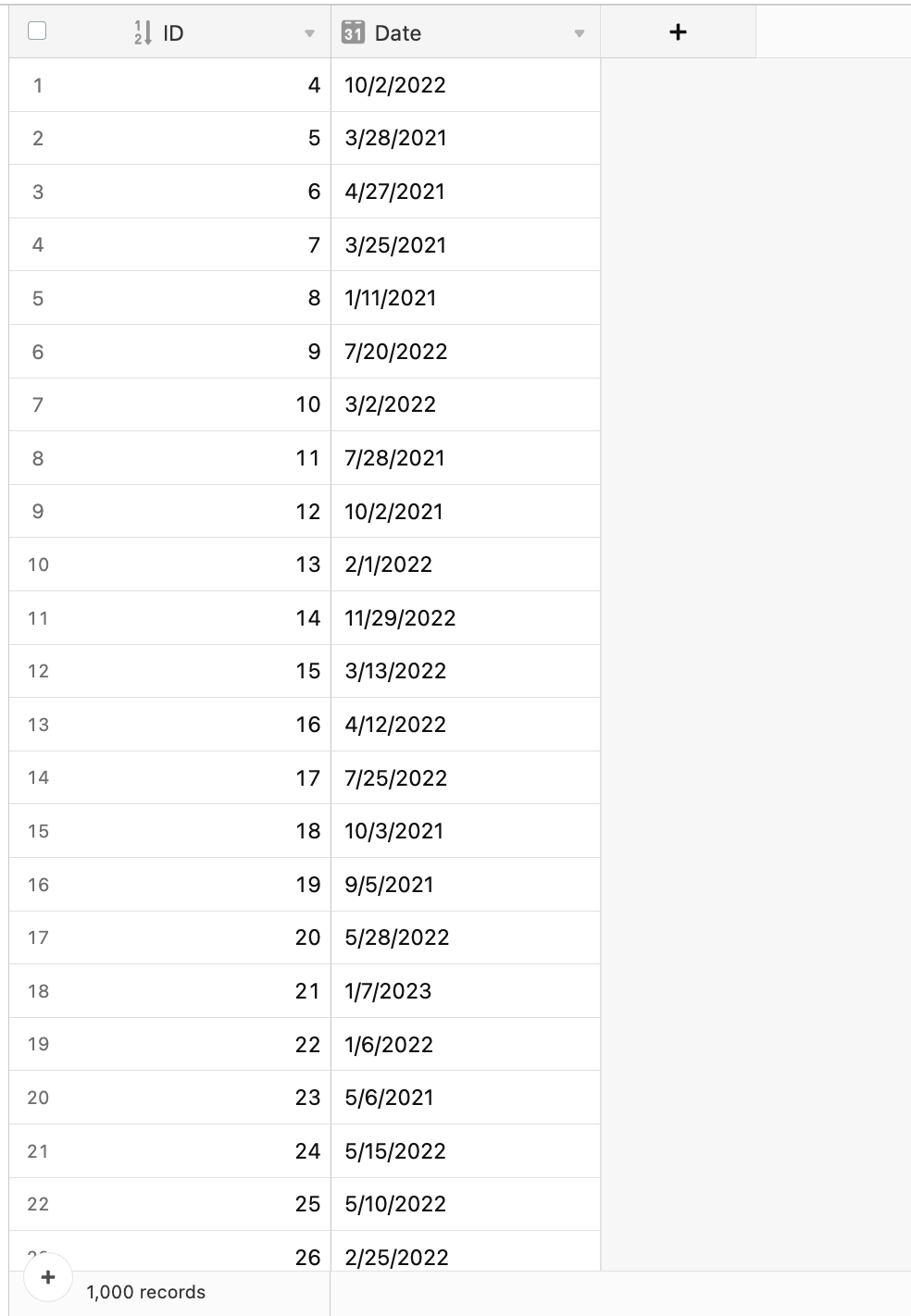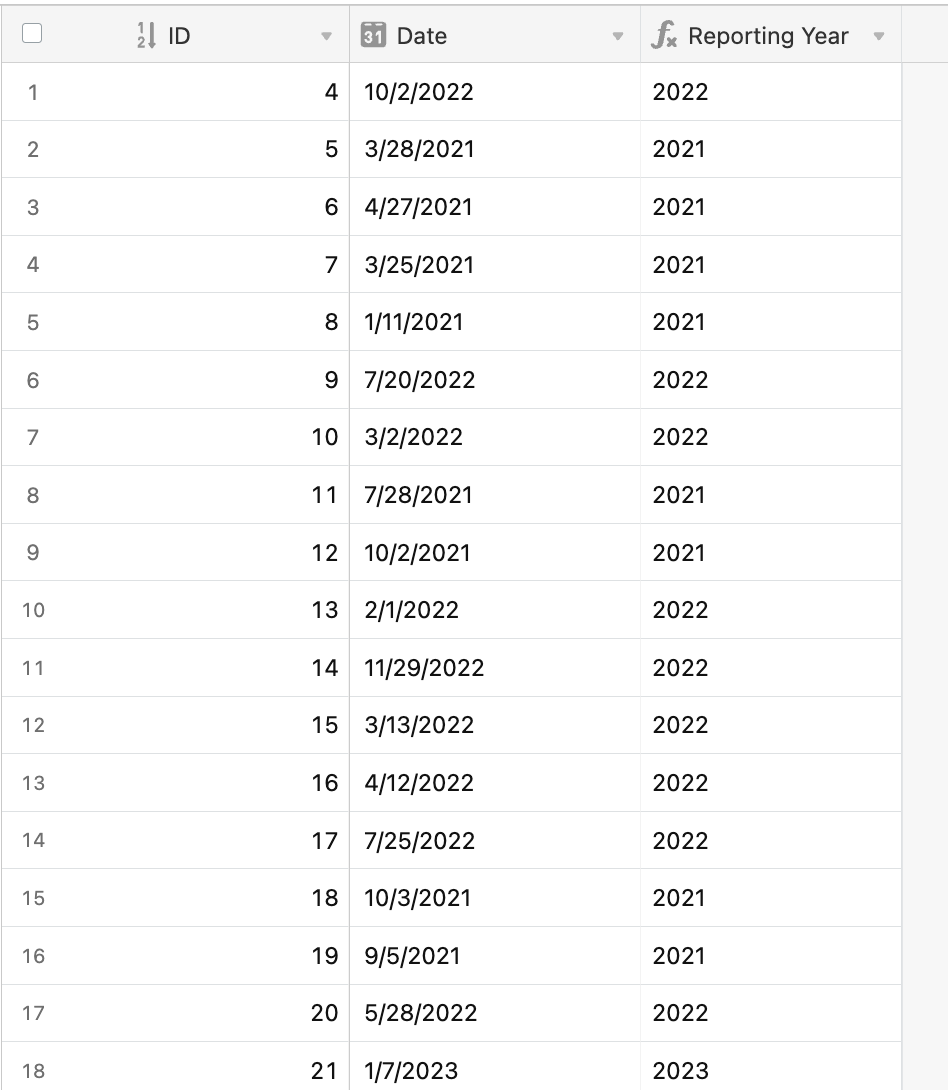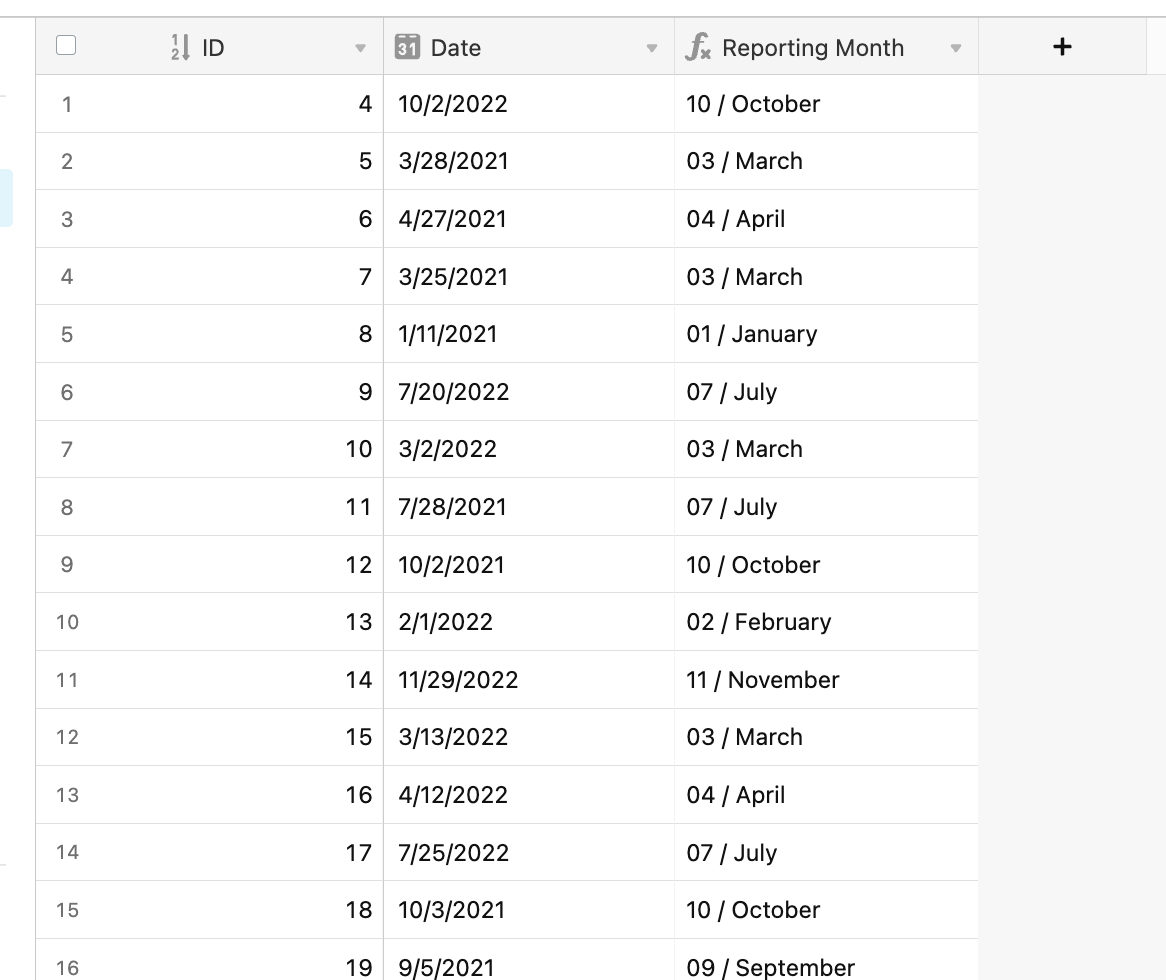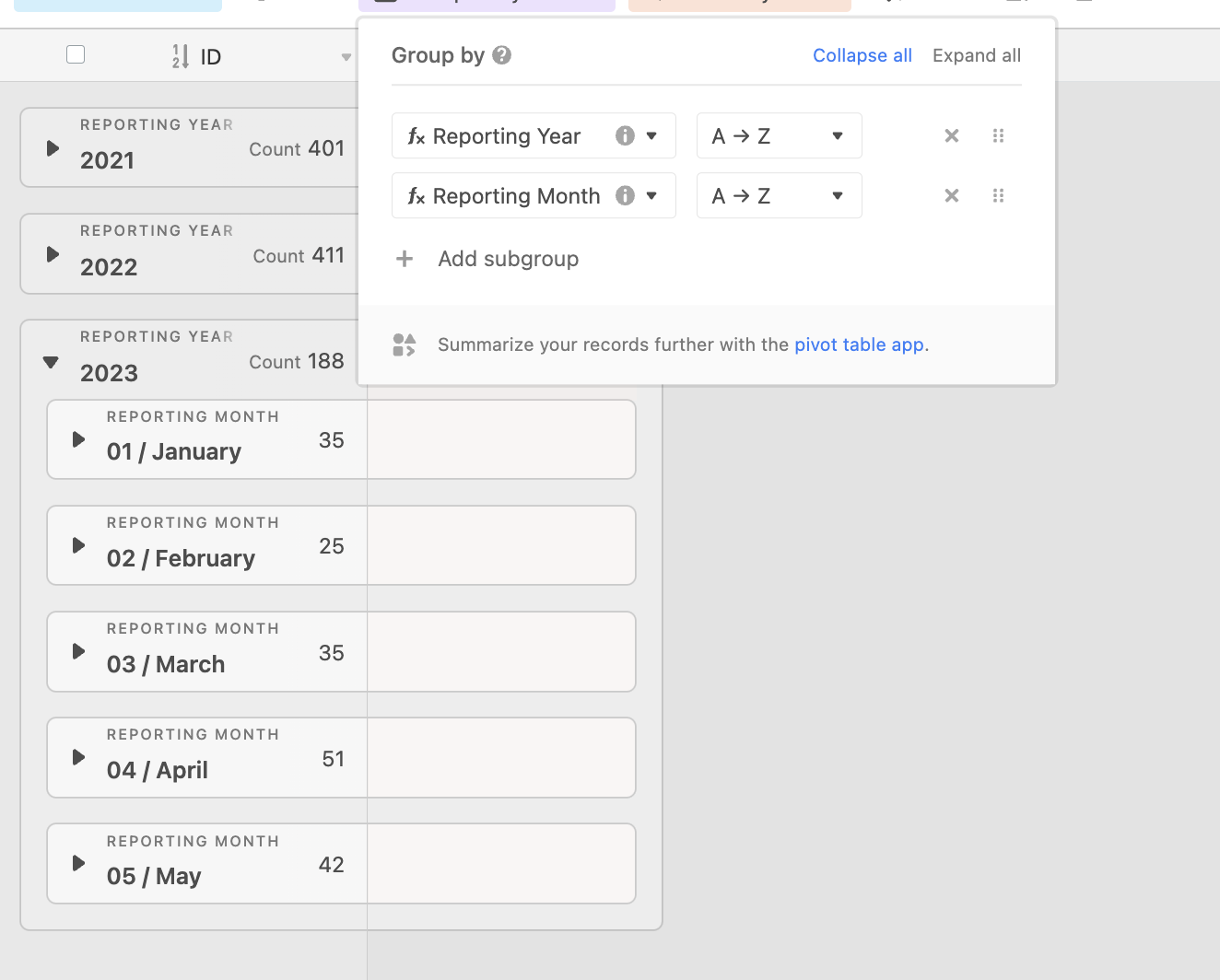Is there a way to quickly see all of the different values in a field, similar to how you can click to filter on a column in Excel and see all of the possible options (similar to screenshot from Excel below)?
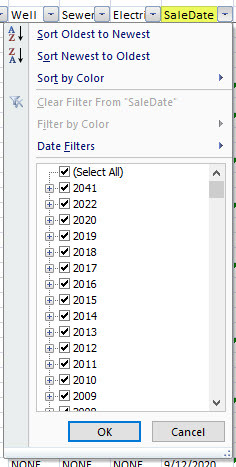
As an example, I have a field that is mostly blank but has a few records with varied single line text data. I want to quickly see what those different single line text lines are to see if I want to filter on any of them, but they’re not consistent enough to make it a single select field.
For another example, I have a field of various dates and would like to filter by certain dates, but don’t know all of the choices off the top of my head. Is there a way to quickly see the list of choices without creating a separate view or using a pivot table? Again, I could choose a type of ‘single select field’ but it doesn’t organize the dates nicely to see by year/month/day like you can see when clicking to filter values in Excel.
Thanks!

